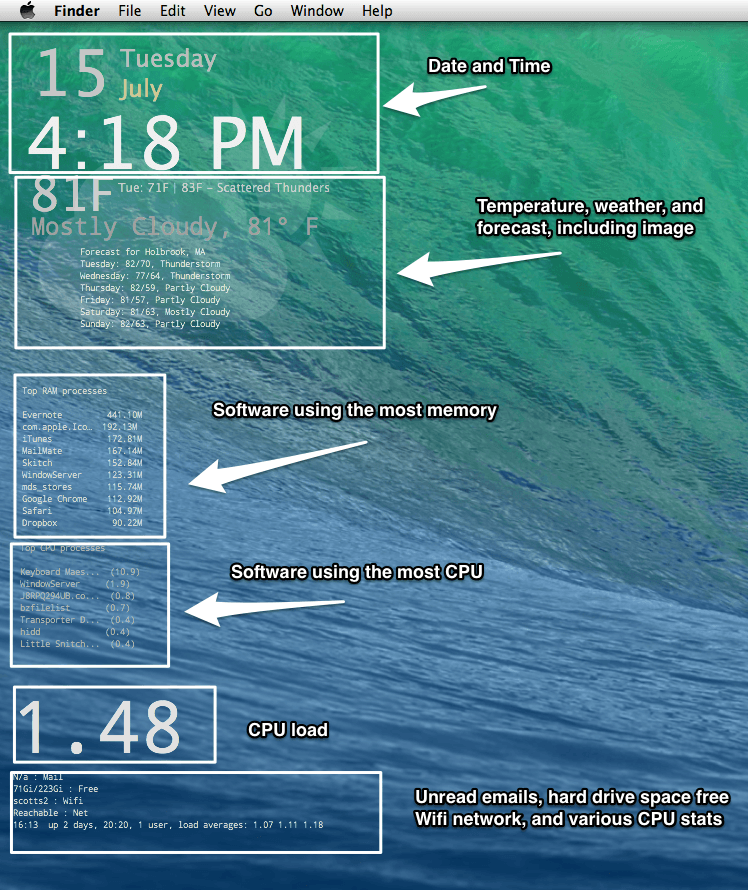
I focus on my data, as that's the stuff that's not replaceable if I were to have a crash.

In my case, I don't back up my applications, nor do I bother with my Downloads folder or my Installers folder (with the exception of a "No longer available" folder of old installers I keep around). Note that this doesn't necessarily mean your entire hard drive. After creating a bootable backup, set it as the startup disk and make sure it works. SuperDuper has been recommended to me, though I haven't tried it yet. Note that CCC hasn't been updated yet for Tiger, so if you're trying to clone a 10.4 disk, you'll need another solution. I've been using Carbon Copy Cloner (CCC) to make my clones. I have a spare 40GB partition set aside just for the old version of OS X, and I clone to it before a major upgrade. That way, you'll have an old version of the system, just in case things go south. Not your entire hard drive, just clone the system itself onto a bootable disk. But I always make a point to run it before starting a major upgrade, just to make sure things are as Apple intended. I'm not one of those who thinks this is a magic solution to all problems, and I don't usually run it very often. Run Disk Utility's Repair Permissions.There's also a level of overkill in here, but my data is my livelihood (in both my job and my website 'hobby'), so the redundancy helps me breathe easier during the upgrade. Note that some of these steps can be quite time consuming, but since there's no going backwards from an upgrade, I feel they're worth the time.
#REAL TIME GEEKTOOL STOCKS UPGRADE#
Having just recently started (note that it's not yet completed) migrating my primary boot drive to 10.4, read on for my thoughts on upgrade strategies, the strengths and weaknesses of each of these methods, and which I prefer (and why).īefore I discuss the particulars of upgrading an OS X installation, here's some general advice that I always follow when undertaking a major upgrade like this. Apple has a good overview available, too, with a brief description of each option.

Which method to use is seemingly a matter of great debate. Your hard drive is erased, a new system is installed, and you start over from scratch.
#REAL TIME GEEKTOOL STOCKS ARCHIVE#
Archive and Install: The installer moves the entire current system, Users folders and all, into a Previous System folder, and then installs a new copy from scratch.Upgrade Install: The easiest option for users, this simply patches the necessary bits of the system and bundled applications to migrate from the current OS to the new release.Since 10.2 (or was it 10.1?), we Mac users have had to make a choice when it comes to major ("dot release") OS X releases: how will we upgrade? In its current incarnation, the OS X installer offers three options:


 0 kommentar(er)
0 kommentar(er)
